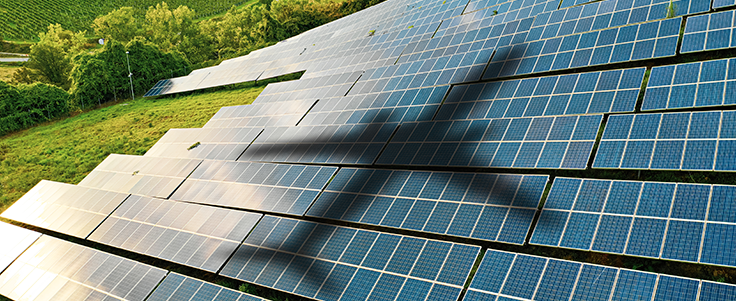Source: ATAG
The aviation sector has adopted a collective goal to start the shift away from fossil fuels at the third Conference on Aviation and Alternative Fuels (CAAF/3), convened by the International Civil Aviation Organization (ICAO), a United Nations specialised agency. Governments from over 100 States, meeting with industry and civil society, have set a goal that aviation fuel in 2030 should be 5% less carbon intensive than the fossil fuel which makes up nearly all of today’s aviation energy. This will be achieved through a transition to sustainable aviation fuel (SAF) and, as an interim tool, the use of lower carbon aviation fuels (LCAF).
Executive Director of the cross-industry Air Transport Action Group, Haldane Dodd said: “This is another milestone moment for our sector, coming on the back of last years’ agreement to meet net-zero carbon by 2050. The agreements reached at CAAF/3 will help fill in the details of that net-zero pathway. A shift towards a replacement of fossil fuels by SAF will require significant investment. The agreement today helps to provide another layer of certainty to unlock the trillions in capital needed. Aviation has provided a near-term objective and the global framework. Now it is up to the finance community and energy sector to support the necessary infrastructure andstart delivering SAF in ever increasing quantities.”
The ICAO CAAF/3 conference had two key outcomes.
- An ICAO Vision which provides the goal of 5% carbon intensity reduction by 2030 through the use of SAF and LCAF. Under the net zero scenarios identified by ICAO and industry analysis, this would need to increase to an almost complete replacement by 2050. The goal is global in nature, and purposefully not attributable to individual countries to ensure that States which can move quickly are able to do so; and those that need longer to develop SAF infrastructure can build up necessary capacity.
- A Global Framework for Cleaner Energies, which provides for assistance to help States with the transition. It includes capacity building programmes, knowledge and technology transfer, the needed access to financing and guidance on the best policies to help scale SAF.
Dodd said: “These are challenging discussions, requiring a new way of thinking about energy and international cooperation. A global average goal allows some parts of the world to move fast and develop their existing base of SAF deployment whilst leaving room for other States to build up the capabilities needed for SAF production and use.This agreement sends a signal to the world that aviation is shifting away from fossil fuels and the traditional energy sector needs to commit meaningful flows of their vast profits and capital expenditures towards the energy transition, now. We need supportive government policies and supportive investment from the finance sector.”
There has already been some significant movements towards SAF in the sector, with the CAAF/3 announcement helping to catalyse future development on the action already taking place:
- The transition to SAF is already underway, with policy measures being implemented or discussed in around 40 countries. Aviation industry experts say that supportive policies will be crucial to speeding up the development and supply of SAF in other countries around the world.
- There are now 50 airlines representing over 40% of global air traffic committed to more than 5% of their own fuel use being SAF in 2030. Many have set a goal of 10% and some are up to 30% by 2030.
- Airlines, operators and corporate partners currently have around $45 billion in forward purchase agreements for SAF, an increase from $6 billion pre-Covid.
- There are currently eight pathways certified for SAF production that can be used in commercial flights, with an additional seven being assessed in the next 2-5 years. Additional ‘co-processing’ pathways can boost the menu of options for SAF production further. This points to a variety of options when it comes to SAF production around the world, from waste resources to non-food energy crops, to SAF generated from renewable electricity.
- Around 10 facilities are currently producing SAF, but by 2029 over 150 projects in 35 countries are being explored that could be used for SAF production. Analysis suggests it is plausible that up to 23 million tonnes of SAF could be delivered by 2030, although with additional support in the coming two years this could raise further.

